AO Edited
Lucy Burns Museum
Located at the former Lorton Prison the Lucy Burns Museum tells the story of the 91 year history of the prison including the dark chapter of its involvement in the women's suffrage movement.
Located just south of Washington, D.C., this former workhouse prison by the Occoquan River was opened in 1910, commissioned by President Theodore Roosevelt to be more humane than its contemporary prisons. Yet the most notable chapter in its history is one of horrible treatment of the suffragists who were imprisoned here during the First World War, culminating in a “Night of Terror” that ended up being a turning point in the women’s movement.
Beginning in January of 1917, members of the National Woman’s Party began silently picketing for women’s suffrage every day in front of the White House. Initially the protest drew little attention and the picketers were seen as an interesting local curiosity. Gawking at the sign-bearing suffragists became something of a tourist stop for visitors to the nation’s capital. When President Woodrow Wilson left the White House in his limo, he would occasionally tip his hat and smile at the protesters, but otherwise ignored them.
However, the public’s detached attitude toward the picketers ended after only a few months after the United States entered World War 1, in April of 1917. The party decided to continue their protest during the fighting. This enraged some in the public and media, and the daily protests began to get more national attention. Capitalizing on the newfound media focus, the protesters made signs criticizing President Wilson’s hypocrisy for making speeches calling for democracy in Europe while it was lacking at home, and even referred to him as “Kaiser Wilson.”
In June of 1917, the police crackdown of the protesters began. Protesters were arrested for “obstructing traffic” and sentenced to upwards of 60 days in jail. Most of the women arrested were sent to the Occoquan Workhouse in Virginia. The conditions were deplorable. All prisoners at Occoquan were forced to share a single bar of soap. They were served meals of rancid meat, moldy bread, and oatmeal in which they frequently found worms. Protesting the conditions at Occoquan, the suffragists began a hunger strike and prison guards began force feeding the prisoners a slurry of raw eggs and milk using funnels and tubes inserted up the nose.
The climax of the abuse occurred on November 14, 1917, in an event remembered as the “Night of Terror.” Frustrated with the defiance of the suffragist prisoners, the prison superintendent ordered his guards to brutally crack down on them. Suffragist Lucy Burns had her hands chained together over her head and was left dangling by her arms overnight. Another prisoner, Dora Lewis, was thrown against an iron bed and knocked unconscious. Lewis’s cellmate, thinking that Lewis had died, had a heart attack. Other suffragists were dragged, beaten, choked, and kicked.
Although the public was initially opposed to the protesters for continuing their picketing during wartime, they were horrified when they heard of the events of the Night of Terror. By November 28th, all of the imprisoned suffragists were released, and they vowed to continue their daily protest in front of the White House. Public pressure in favor of women’s suffrage grew and on January 9, 1918, President Wilson finally came out in favor of a constitutional amendment granting the vote to women.
The Occoquan Workhouse, later renamed the Lorton Reformatory, was closed in 2001 and the property was sold back to Fairfax County, Virginia. The facility was added to the National Register of Historic Places in 2006 and today the Workhouse Arts Center operates out of the former prison, with former prison blocks and cells converted into art studios and classrooms. They maintain a small museum to the facility’s former use, with special focus on the imprisoned suffragists and the Night of Terror.
Know Before You Go
The Lucy Burns Museum is located in building W-2 and open Friday from 12 PM to 5 PM, 11am -5pm Saturday and Sunday from 12 PM - 5 PM. Admission is free for the main gallery and $5 per person to tour the cell block.
Community Contributors
Added by
Edited by
Plan Your Trip
The Atlas Obscura Podcast is Back!



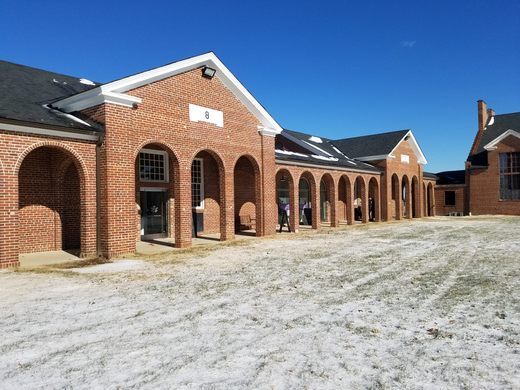
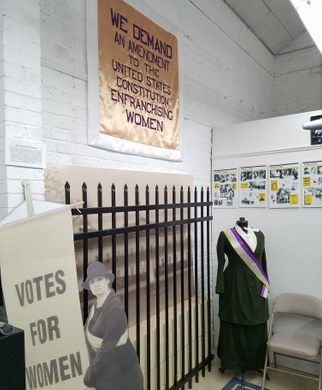
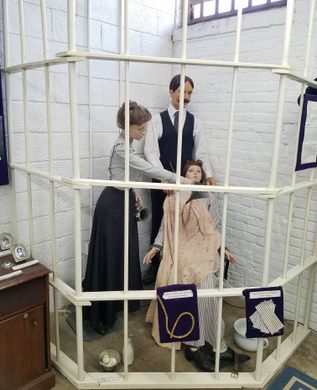
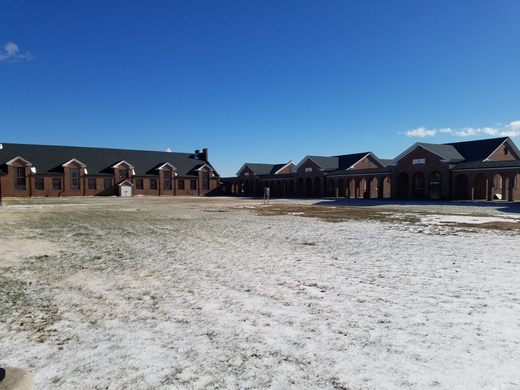
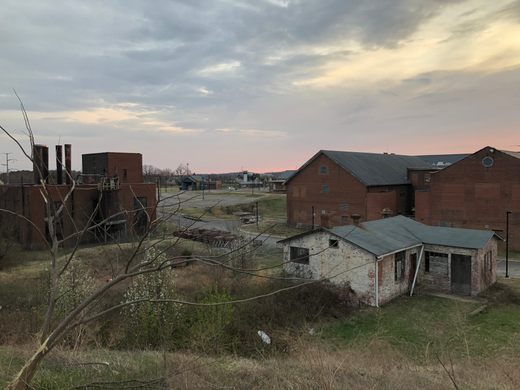
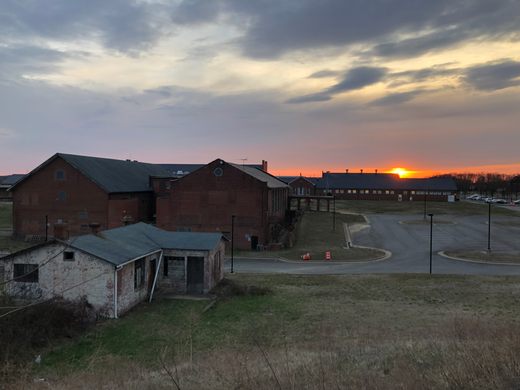
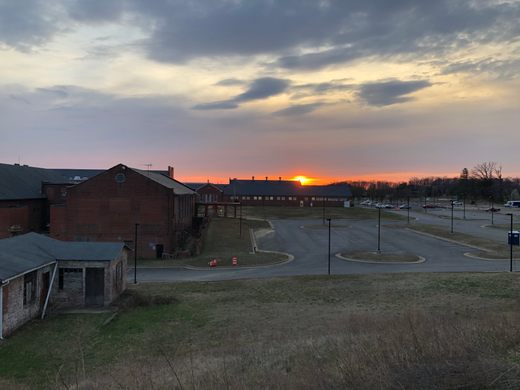
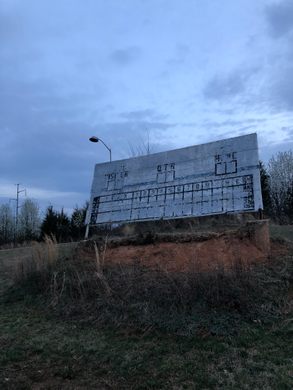
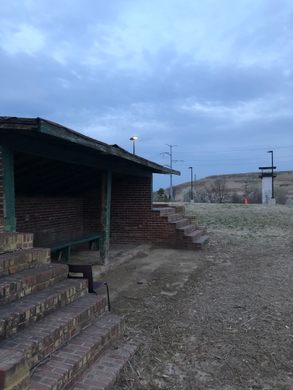
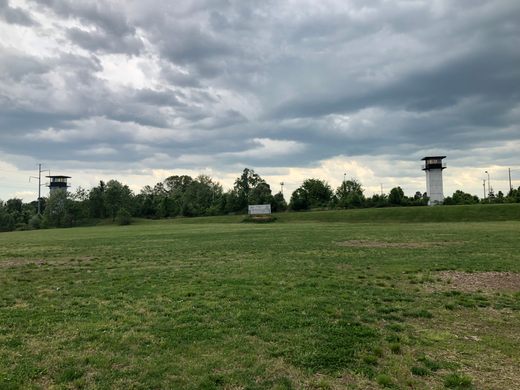
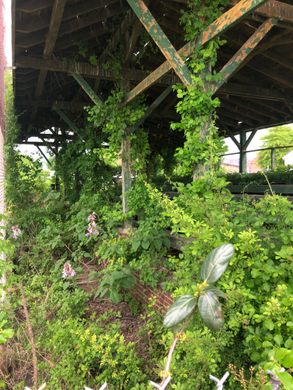
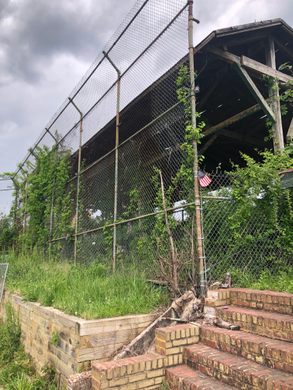
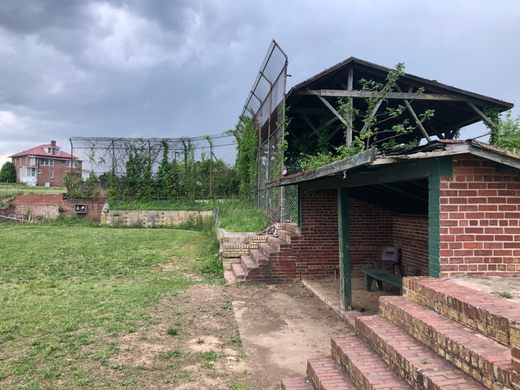
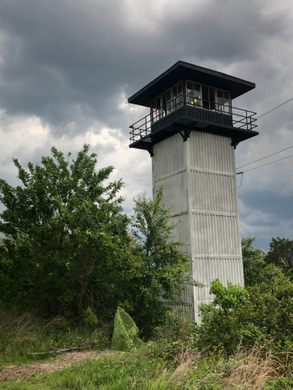
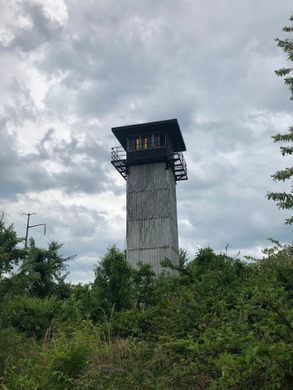
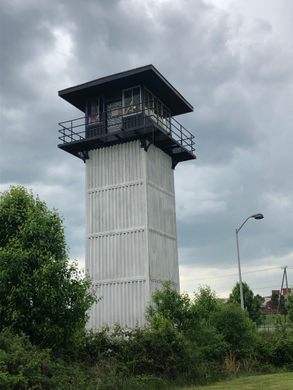

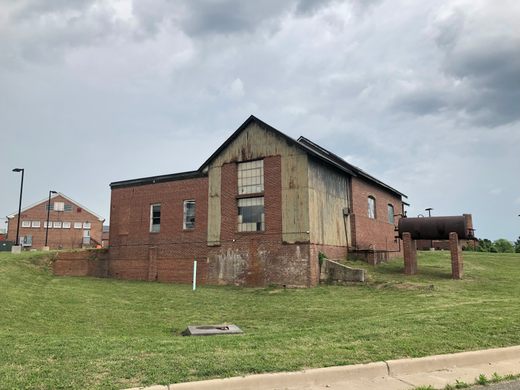
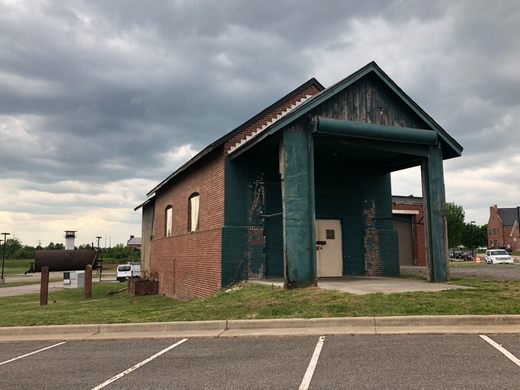
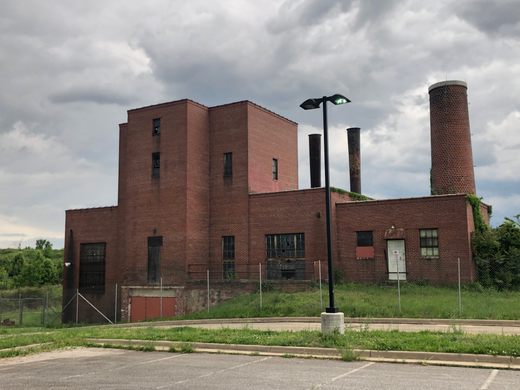
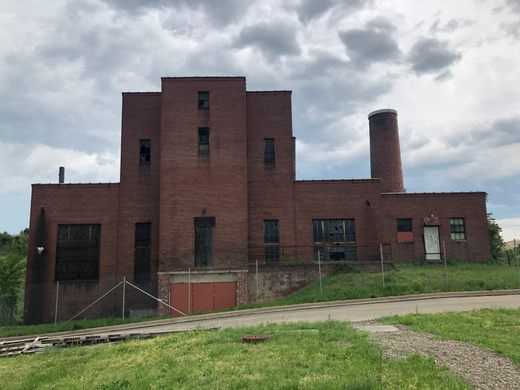
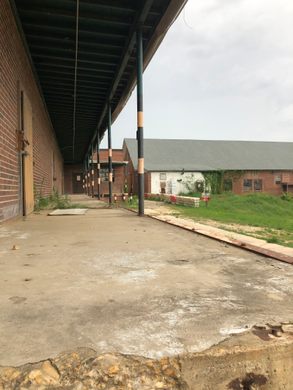
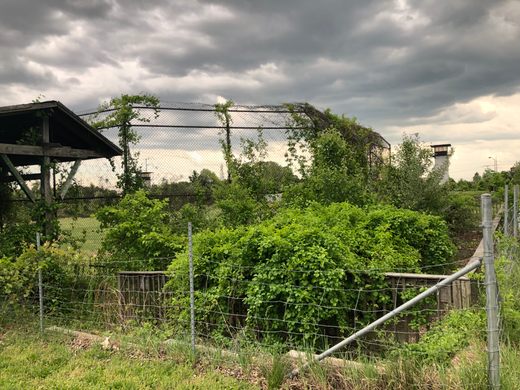
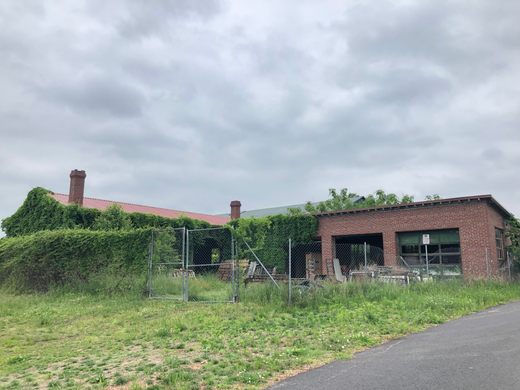
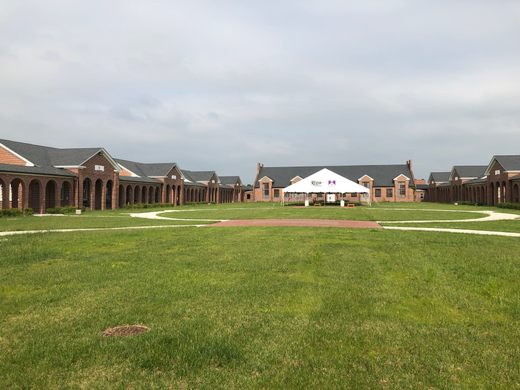
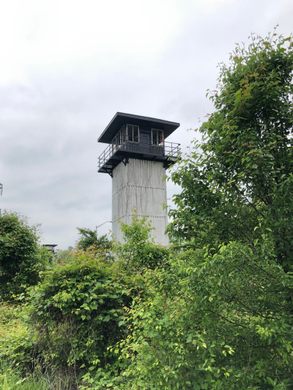
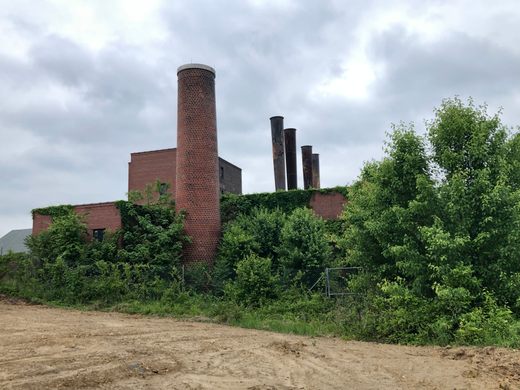
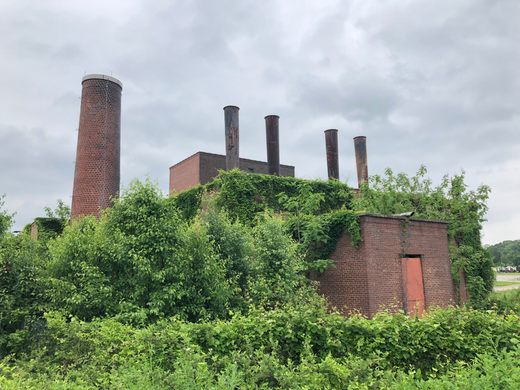
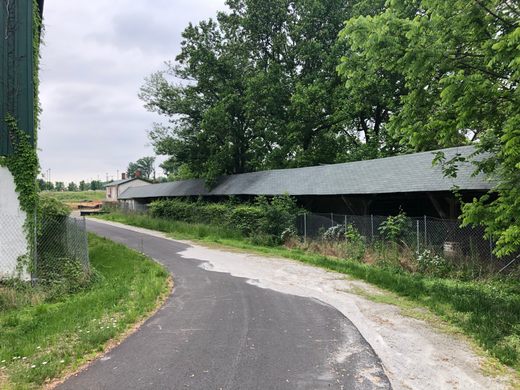
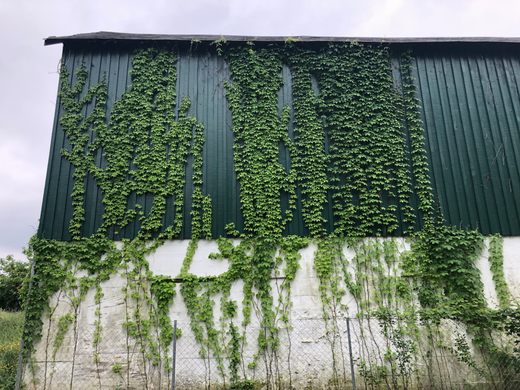
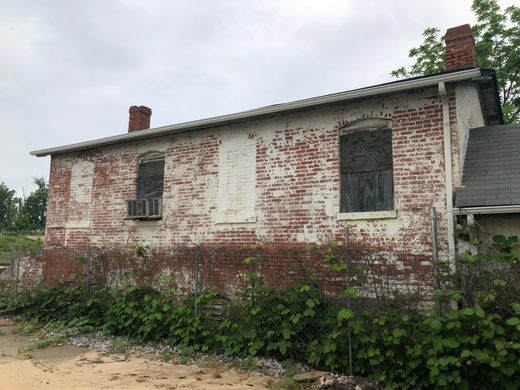
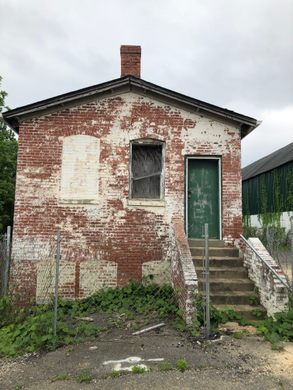
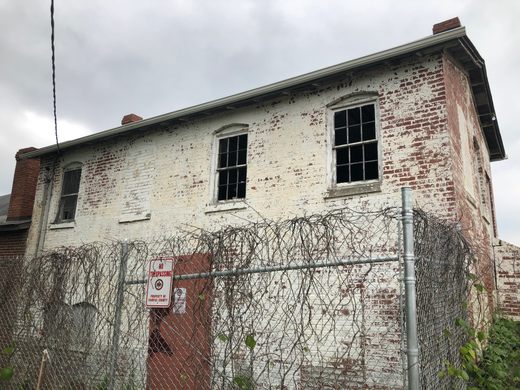
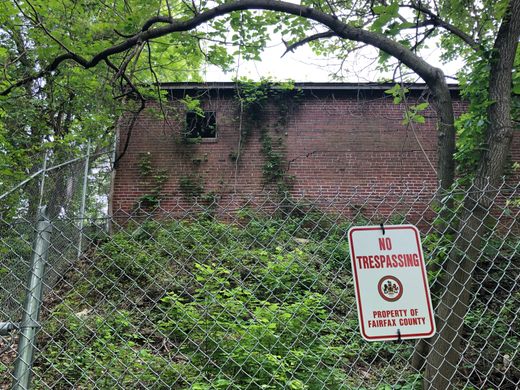
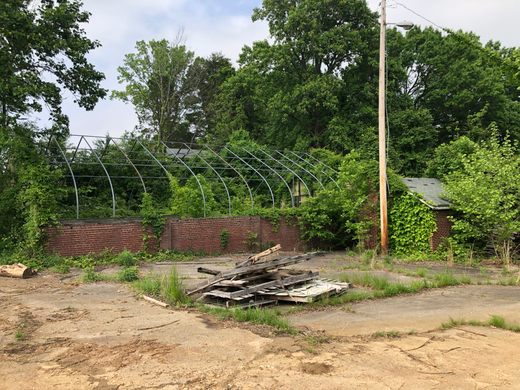
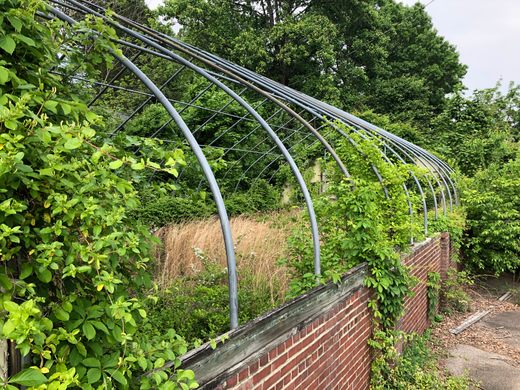
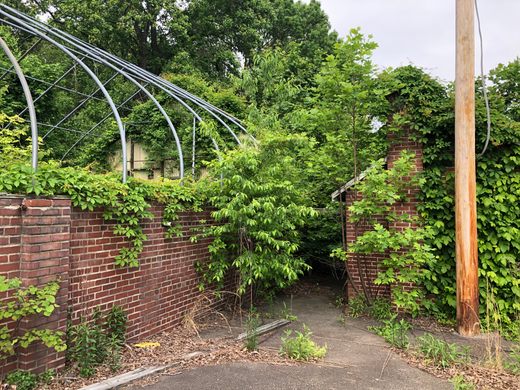
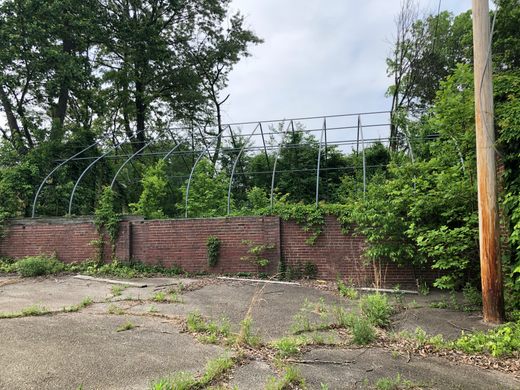
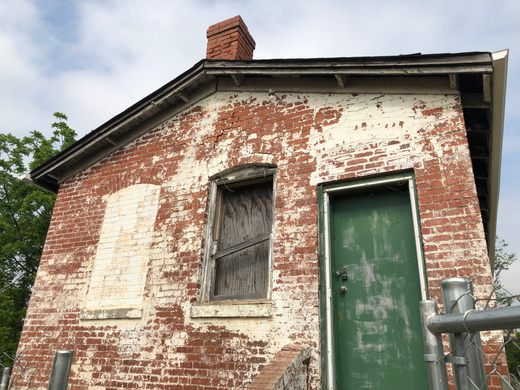
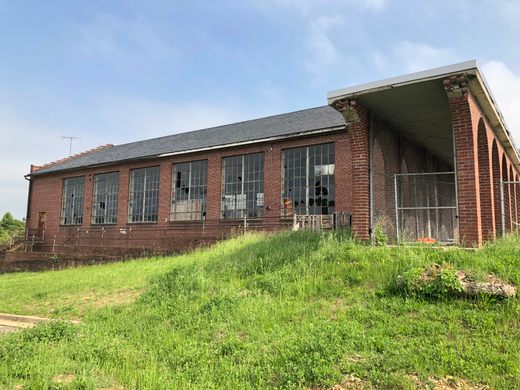
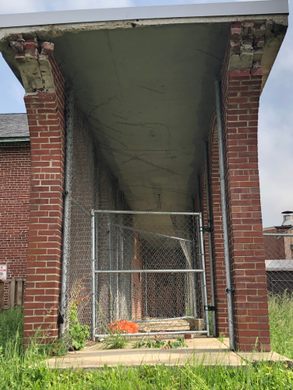
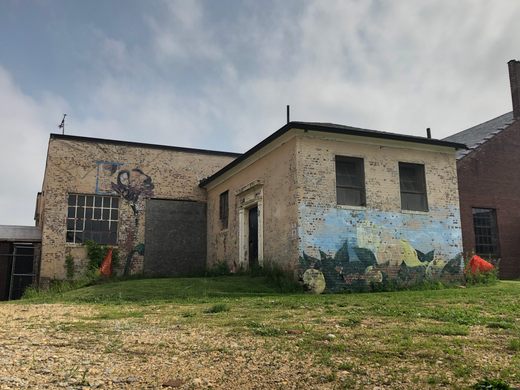
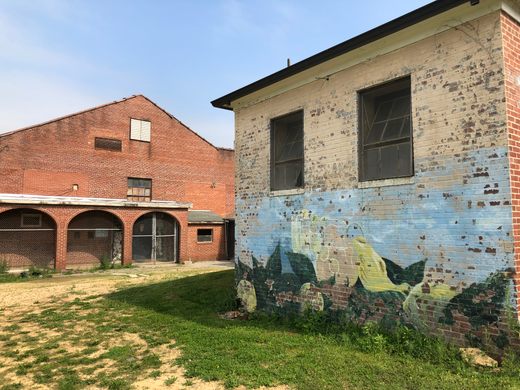
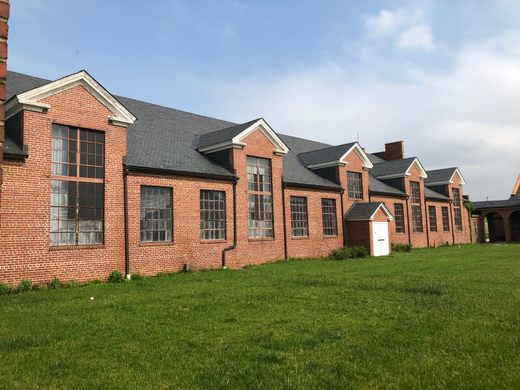
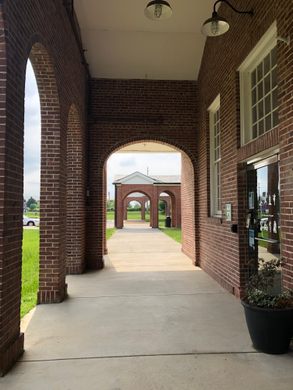
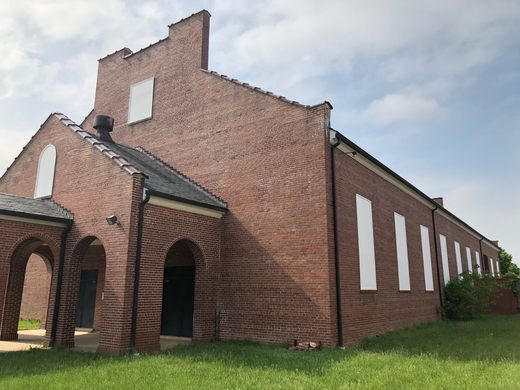
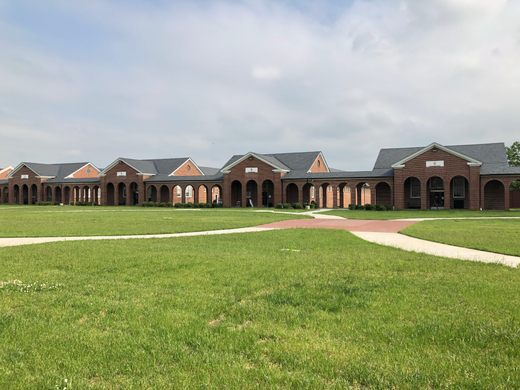
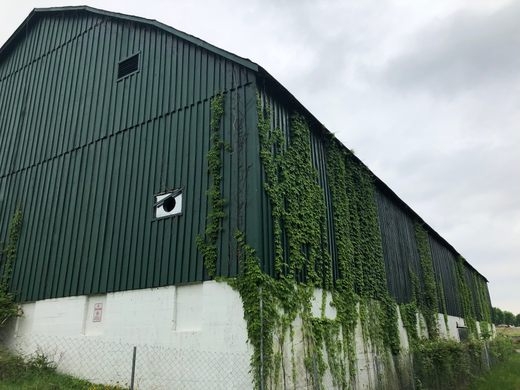
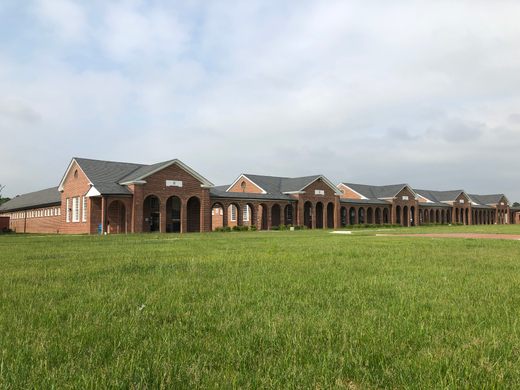
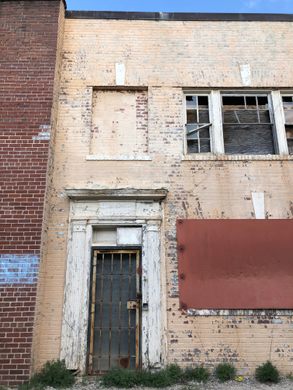
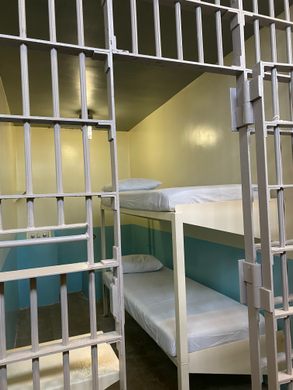
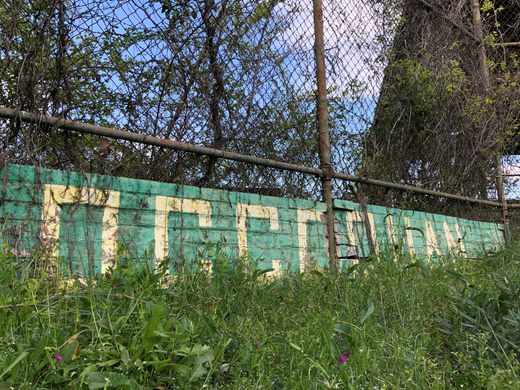


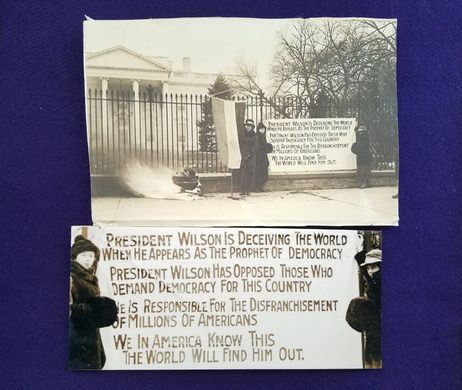










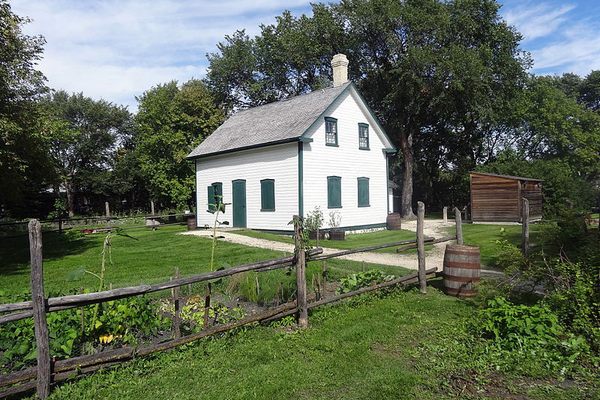
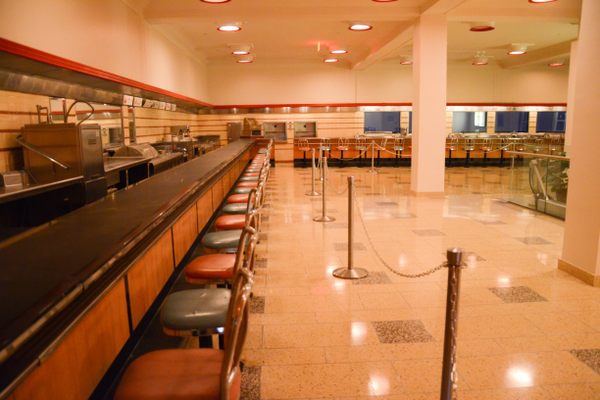
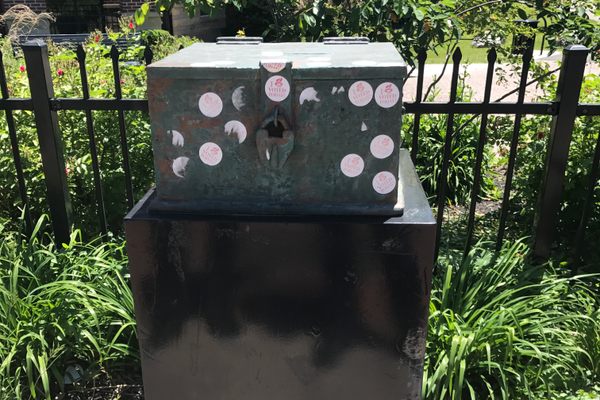
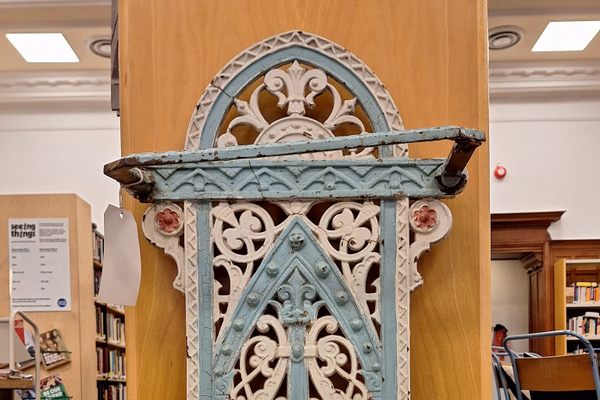

Follow us on Twitter to get the latest on the world's hidden wonders.
Like us on Facebook to get the latest on the world's hidden wonders.
Follow us on Twitter Like us on Facebook